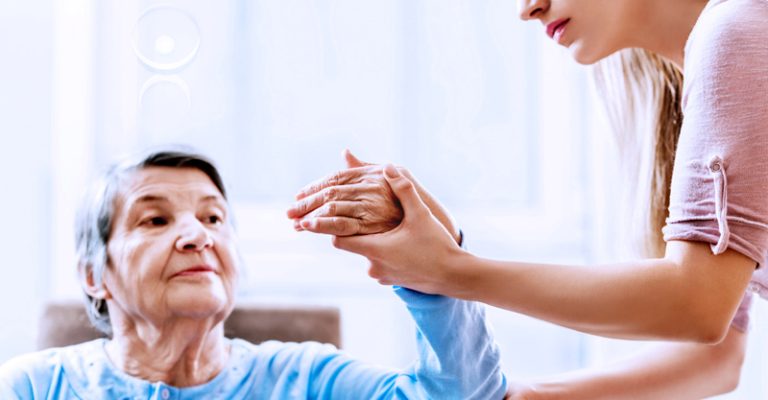
The survivor of a stroke is not in the clear once the event has passed. Stroke causes damage to the nervous system, which in turn affects the motor system.
This causes limbs to become weak and restricts mobility. It is also possible to alter the sensory information the brain receives. This may result in difficulties with speech, vision, touch, and other body areas.
The good news is that survivors of strokes may restore mobility and avoid subsequent problems by participating in active and passive rehabilitation programs. Stroke patients may benefit in various essential ways by participating in every sort of exercise.
You will better understand the distinction between active and passive exercise, the types of people who should participate in both, and the benefits each may bring to a rehabilitation program.
Because the muscles are moved by an external source, such as a machine, another body part, or another person, these workouts are referred to as passive exercises. Passive activities often referred to as range-of-motion exercises. Also called as ROM exercises, they assist in avoiding stiffness in your joints, and stretch your muscles. They may help enhance and maintain your range of motion.
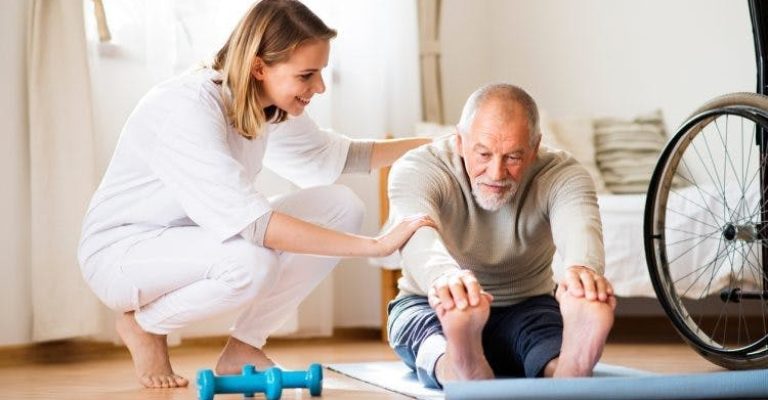
Patients diagnosed with hemiplegia, paralysis on one side of the body, or spasticity might benefit greatly from passive range of motion exercises. These include stiff and tight muscles after neurological injury.
If you cannot move your limbs independently, you may benefit from passive exercise. It involves a therapist or caretaker moving your body on your behalf. Although it does not take any effort on your part, passive exercise has many of the same advantages as other forms of exercise.
Those who have recovered from a stroke but are still experiencing stiffness or exhibit indications of paresis may benefit from from it. Exercises that target a person’s range of motion may be beneficial even for those who have not yet shown any signs of the condition they are trying to avoid.
However, paying attention to the activity being performed is necessary for passive exercise. It induce neuroplasticity effectively. You won’t get those benefits if you try to get the benefits of passive exercise while multitasking or not really engaging in the activity. Patients need to concentrate on passive motions to get the benefits of this therapy.
Unlike passive workouts, active activities demand muscular effort and bodily movement. Active exercises may include range-of-motion exercises or general activities to move the body. It also help strengthen the neural signals communicating with your body to make movements. Active exercises can help strengthen the neural signals communicating with your body to do movements. Cortical plasticity is the term used to describe this phenomenon.
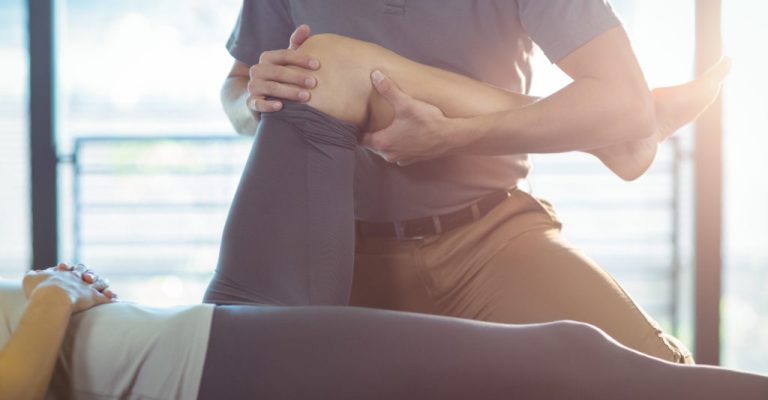
Patients who suffer from hemiparesis, weakness on one side of the body, may find that physical exercise benefits their condition. Active workouts are beneficial for a person as long as they have some movement in their muscles. This works even if they do not have significant control over those movements.
When movement is restricted and limited due to disorders such as spasticity, passive exercises may be done before active exercises. This helps the muscles prepare for active usage by warming them up before use.
Patients may benefit from vigorous exercise in the same way they do from passive exercise by increasing their neuroplasticity. Active rehabilitation activities, when practiced regularly, will provide the brain’s stimulus to rewire itself.
Do you feel your rehabilitation program is correctly matched to your level now that you know the difference between active and passive exercise?
If so, that’s wonderful news! In such a case, you should discuss the matter with your counselor. Ask her to modify the workouts you are doing now or to suggest some new ones. Many therapists are enthusiastic about the prospect of their patients engaging in physical activity at home. This is because healing requires the patient to take responsibility for their workouts, which is also when the most progress is made.
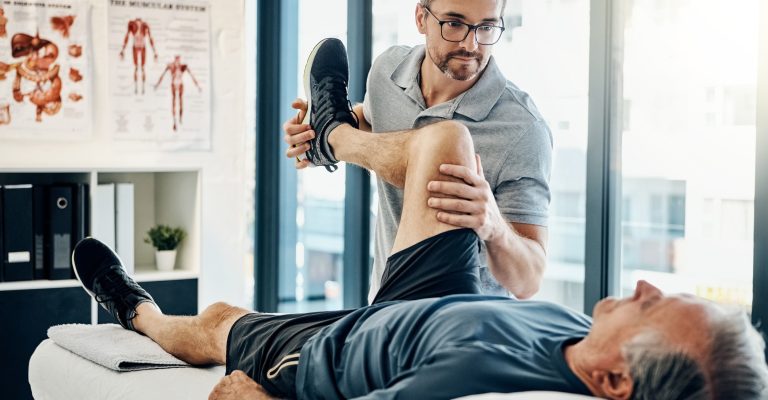
A few examples of passive workouts that you may do on your own every day include the following:
First, curl your fingers into your palm, then straighten them out again; alternatively, if your fingers are already bent, work on straightening them out. Act 5–10 times.
At least three times every day, you should let your arms move through their complete range of motion. While doing this, extend any stiff muscles as far as your body will allow you to and hold the stretch for one minute.
Place yourself on your back with your arms out in front of you in a straight line. Put your palms together and bend your wrists from side to side 5–10 times while maintaining this position.
After having a stroke, some vital active activities to incorporate into your recovery plan are as follows:
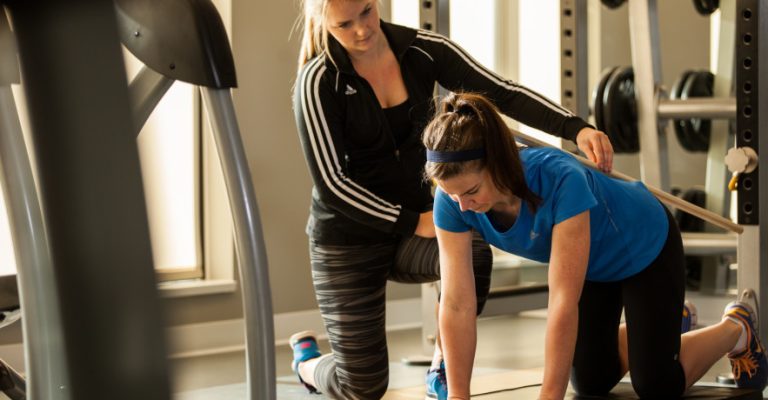
Try flicking a light switch on and off with your fingers, squeezing a bottle of toothpaste, turning anything upside down, and then back on its original side.
Maintaining your upright position, put all your weight on one leg while balancing on a solid object. While doing this, swing the other leg back and forth numerous times. Move your body back until you feel the stretch in your arms. Then, push your hands down on a table with your wrists twisted, and your fingers pointed toward you. This will allow you to extend your arms.
Lying on your back on the floor, elevate your pelvis and maintain this position for a few seconds. After which, lower it back down and repeating the exercise. You may also try doing this with an exercise ball tucked in under one of your legs.
At-home rehabilitation exercise gadgets such as FitMi home therapy assist patients in exercising at home. It is beneficial for patients’ overall health. Patients may do either passive or active workouts while using this apparatus, which is one of the reasons why it has the stamp of approval from physical therapists.